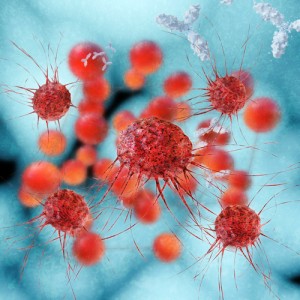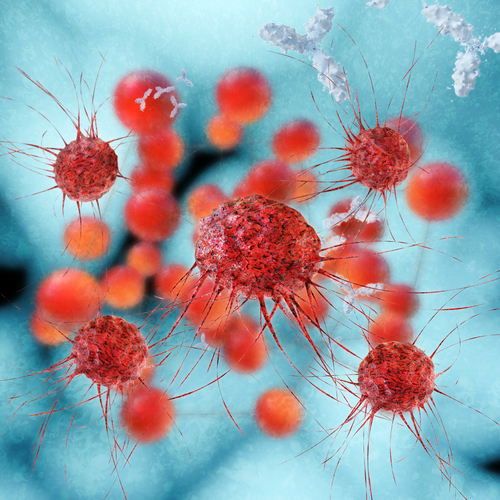 A recent study has shown that women who are found to have mutations in the gene known as PALB2 are also likely to have a 1 in 3 chance of being diagnosed with breast cancer by the time they reach the age of 70.
A recent study has shown that women who are found to have mutations in the gene known as PALB2 are also likely to have a 1 in 3 chance of being diagnosed with breast cancer by the time they reach the age of 70.
The study, “Breast-Cancer Risk in Families with Mutations in PALB2” was published in the New England Journal of Medicine and carried out by researchers from 17 research centers in 8 different countries, with scientists from the University of Cambridge in England leading the project.
Through data obtained through the international PALB2 Interest Group, the investigators analyzed data from 154 families without BRCA1 or BRCA2 mutations, the most common mutations found in breast cancer cells, discovering that 362 family members carried deleterious truncating, splice mutations, or deletion mutations in the PALB2 gene.
PALB2 interacts with BRCA1 and BRCA2, and women who are found to carry mutations within this gene and were born more recently have an increased risk of eventually developing breast cancer than women who were born earlier, a curious yet still unexplained fact that could be related with a later first childbirth age, smaller sized families or better medical surveillance, resulting in earlier age of diagnosis.
The team observed that women carrying rare mutations in PALB2 had an increased 35% chance of developing breast cancer by the age of 70. However, breast-cancer risk was significantly influenced by birth cohort and by other familial factors, such as relatives affected by breast cancer, with the absolute breast-cancer risk for PALB2 female mutation carriers increasing to 58% if they had two or more first-degree relatives with breast cancer at 50 years of age.
“Since the BRCA1 and BRCA2 mutations were discovered in the mid-90s, no other genes of similar importance have been found and the consensus in the scientific community if more exist we would have found them by now. PALB2 is a potential candidate to be ‘BRCA3,'” Dr. Marc Tischkowitz from the Department of Medical Genetics at the University of Cambridge, who led the study, said in a University of Cambridge press release. “As mutations in this gene are uncommon, obtaining accurate risk figures is only possible through large international collaborations like this. Now that we have identified this gene, we are in a position to provide genetic counseling and advice. If a woman is found to carry this mutation, we would recommend additional surveillance, such as MRI breast screening.”
Nevertheless, because only a very small proportion of women worldwide carry PALB2 mutations, more studies will be necessary to calculate precise estimates of mutation carrier frequency in the population.
Clinical efforts are already being made to diagnose such mutations, as researchers at Addenbrooke’s Hospital, part of the Cambridge University NHS Hospitals Trust, have already completed development of a PALB2 clinical test. Additionally, drugs targeted at PALB2 mutated cells (PARP inhibitors) are being tested in BRCA1/2-related breast cancers.
Knowing which genes can increase the chances of developing breast cancer could help personalize diagnostics, allowing better targeting and surveillance.
“We’re learning all the time about the different factors that may influence a woman’s chances of developing breast cancer. This particular mutation doesn’t make people certain to develop cancer, but it’s another piece of information to help women make proper informed choices about how they may help to minimize their own risk,” added Professor Peter Johnson, Cancer Research UK’s chief clinician.

